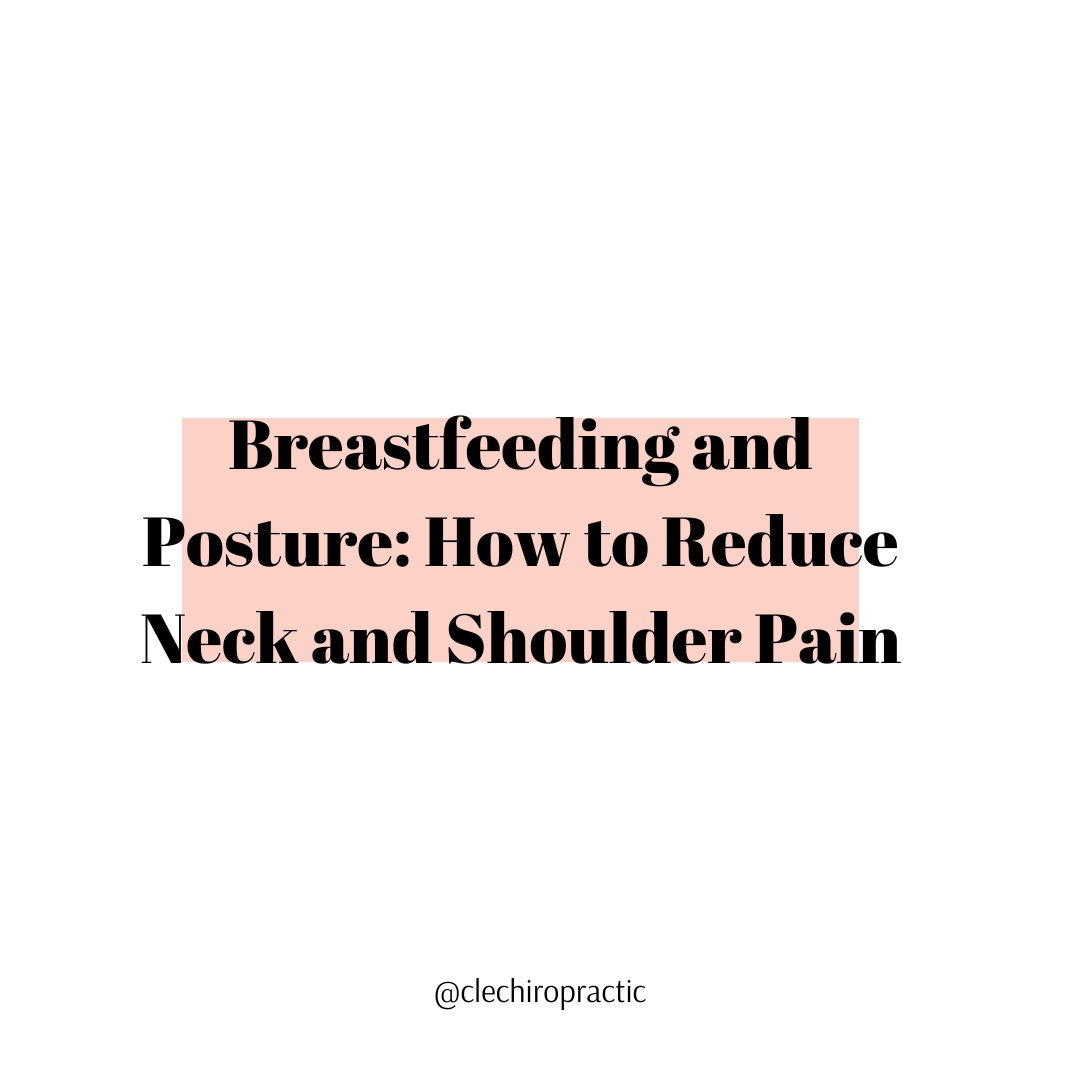Dry Needling for Cervicogenic Headaches: A Natural Path to Relief
Headaches are frustrating on their own, but when the pain starts in the neck and radiates into the head, it may actually be a cervicogenic headache. These headaches often feel like a deep, aching pain that begins in the neck or base of the skull and can spread to the forehead, temples, or even behind the eyes.
Because the pain is rooted in musculoskeletal dysfunction, addressing the underlying muscle tension and joint irritation—not just the headache itself—is key to lasting relief. That’s where dry needling comes in.
What Are Cervicogenic Headaches?
Unlike migraines or tension headaches, cervicogenic headaches are caused by issues in the cervical spine (the neck) or the surrounding soft tissues. Common triggers include:
· Poor posture (especially from long hours at a desk or looking down at a phone)
· Whiplash or past injuries
· Muscle tightness in the neck and shoulders
· Joint dysfunction in the cervical spine
The result? Persistent neck stiffness, reduced range of motion, and recurring headaches that painkillers only mask temporarily.
How Dry Needling Helps
Dry needling is a therapeutic technique that uses a thin, sterile filament needle to target trigger points—tight, irritated spots within muscles. By releasing these trigger points, dry needling can:
· Reduce muscle tension in the neck, shoulders, and upper back
· Improve blood flow and healing in irritated tissues
· Restore mobility in the cervical spine
· Decrease the frequency and intensity of headaches
For cervicogenic headaches, dry needling often focuses on muscles like the upper trapezius and suboccipitals, which are frequently involved in this type of pain.
What to Expect During Treatment
Most patients are surprised by how comfortable the process is. The needles are extremely thin, and while you may feel a quick twitch or mild soreness, sessions are generally well tolerated. Many patients notice a sense of relief and improved mobility almost immediately, though a series of treatments may be recommended for long-term results.
The Bigger Picture: Lasting Relief
Dry needling works best when paired with other supportive care, such as chiropractic adjustments, exercises, and lifestyle changes to reduce stress on the neck. Together, these approaches address the root cause of cervicogenic headaches rather than just masking the pain.
Final Thoughts
If you’re struggling with stubborn headaches that seem to start in your neck, you may be dealing with cervicogenic headaches. Dry needling offers a safe, natural, and effective way to release tension, restore mobility, and reduce pain so you can get back to feeling like yourself.
Ready to explore whether dry needling is right for you? Reach out today to schedule an appointment and take the first step toward lasting relief.
Take care,
Dr. Gina





